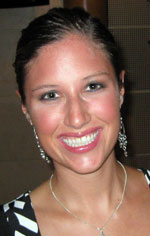 Lauren Young is a senior majoring in art history and magazine journalism and minoring in music. She will graduate from the University of Missouri in May. During the fall 2011 semester Lauren researched and studied Ellis Library’s copy of the Liber Chronicarum for her class on Renaissance figural arts at MU. She is currently working on a research project on fourth and fifth century manuscripts. She comments on her project and provides an excerpt from her paper below.
Lauren Young is a senior majoring in art history and magazine journalism and minoring in music. She will graduate from the University of Missouri in May. During the fall 2011 semester Lauren researched and studied Ellis Library’s copy of the Liber Chronicarum for her class on Renaissance figural arts at MU. She is currently working on a research project on fourth and fifth century manuscripts. She comments on her project and provides an excerpt from her paper below.
The goal of my research project was to study the portraits of cities in the world chronicle, also known at the Nuremberg Chronicle. I discovered that the woodblock images of the cities as well as the content of the chronicle were, in fact, out of date when the book was printed in 1493. However, these images, which the Nuremberg Chronicle is well known for, exposed readers to far away lands allowing them to become armchair travelers.
The World According to the Liber Chronicarum: Selected Excerpts
Origins of the World Chronicle
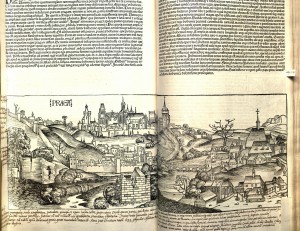 The concept of a world chronicle was not a new one when the Nuremburg Chronicle was printed in 1493. In fact, the biographer of Emperor Constantine, Bishop Eusebius of Caesarea, developed the idea. His chronicle, Chronicorum Canones, included a list of dates from Assyrian, Hebrew, Egyptian, Greek, and Roman times up to 325 C.E. Saint Jerome translated and completed Eusebius’ chronicle in 378 C.E. This chronicle became the model for later medieval historiography.
The concept of a world chronicle was not a new one when the Nuremburg Chronicle was printed in 1493. In fact, the biographer of Emperor Constantine, Bishop Eusebius of Caesarea, developed the idea. His chronicle, Chronicorum Canones, included a list of dates from Assyrian, Hebrew, Egyptian, Greek, and Roman times up to 325 C.E. Saint Jerome translated and completed Eusebius’ chronicle in 378 C.E. This chronicle became the model for later medieval historiography.
The Birthplace of the Nuremberg Chronicle
The security provided by the stable and growing economy in Nuremberg allowed two local men, Sebald Schreyer and Sebastian Kamermaister, the ability to finance the printing of a new world chronicle. Hartman Schedel, the city physician, was hired to write the text and artists Michael Wolgemut and Hans Pleydenwurff were contracted to produce the woodcut images. In total there are 1,809 illustrations in the chronicle. Forty-four woodcuts of kings are used for 270 different rulers and 28 woodblocks are used for 226 popes. The reuse of images through out the chronicle may have helped decrease the time and cost of labor during the creation of the world chronicle because woodblock illustrations were one of the least expensive ways to illustrate a book. This practice also extended to the 101 places pictured in the Nuremberg Chronicle using 53 blocks.
Anton Koberger printed the Nuremberg Chronicle in both a Latin version and a German version. Koberger established his press in Nuremberg in 1470. It was the second press to open in the city and he published his first book in 1471, the same year he became godfather to Albrecht Dürer the younger. He later purchased the building his press was housed in and added four houses over the years. Koberger’s press had space for 100 workers, 24 presses and living space for his large family. The press even had its own water system used for dampening paper during the printing process. The permit for the pipes from a well at the city wall remained in effect until 1881 when the city bought the water system. This water system helped supplement Koberger’s income because any leftover water he sold to the city.
The Ellis Library Liber Chronicarum
Ellis Library on the University of Missouri’s Columbia campus has in its special collection a nearly complete, uncolored, Latin copy of the Liber Chronicarum. The book was trimmed and rebound at some point before the university acquired it. However, whoever trimmed the book was careful enough to leave many of the notes in the margins intact by creating a series of flaps. This, in a way, increased the interactive nature of the book similarly veiled illuminations in manuscripts did. The reader now has to physically manipulate the book in order to look at the notes. The previous owner of the book who wrote the notes in brown ink was clearly literate and knowledgeable. There are places in the chronicle where this owner has corrected information and page numbers as well as added in their own thoughts. Clearly, they had a strong connection to Prague and may have even lived there because there are extensive notes in Latin below the two-page woodcut of the city.
During the time spent researching this paper, it was discovered that one of the maps in the Chronicle had been cut out of the book some time in the past. Even after consulting with the librarians in the Special Collections department of the library it is still not clear when folios 12 and 13 where removed. However, the other pages containing 26 two-page city portraits, 69 single page portraits and one world map are still intact.
Know an outstanding student you’d like to nominate for the Spotlight? Email SpecialCollections@missouri.edu.
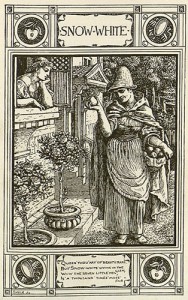 Snow White's been busy lately. This year alone she’s starring in two movies while also appearing in a television series.
Snow White's been busy lately. This year alone she’s starring in two movies while also appearing in a television series.
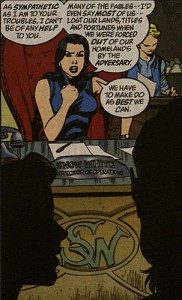 that original tale, while others take a bit of creative license.
that original tale, while others take a bit of creative license.
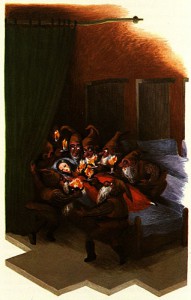
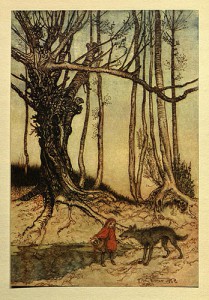
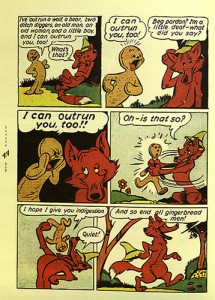
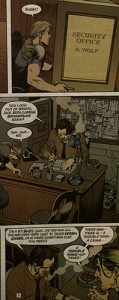
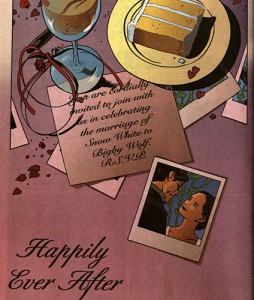
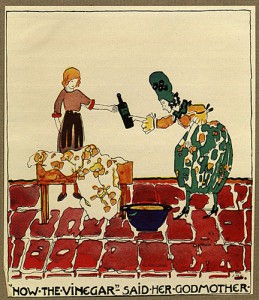
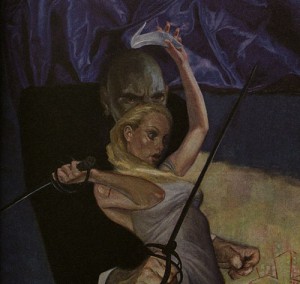
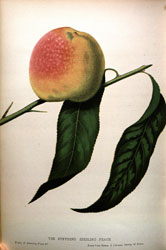
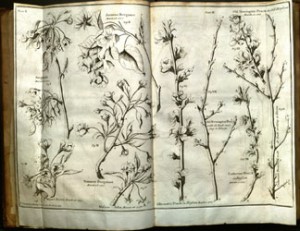
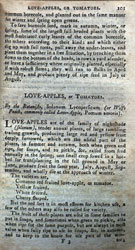
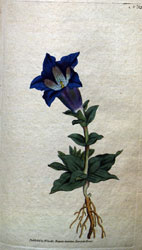
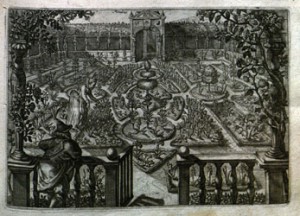
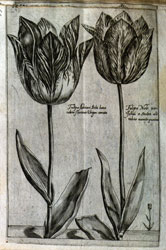
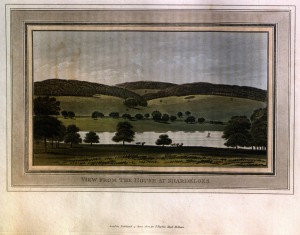
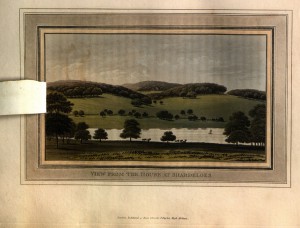
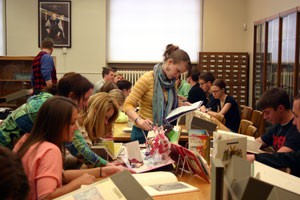 Today and yesterday, participants from across campus gathered for the annual
Today and yesterday, participants from across campus gathered for the annual 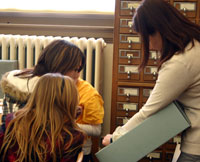 You can find out more about some of our student and faculty patrons in our
You can find out more about some of our student and faculty patrons in our 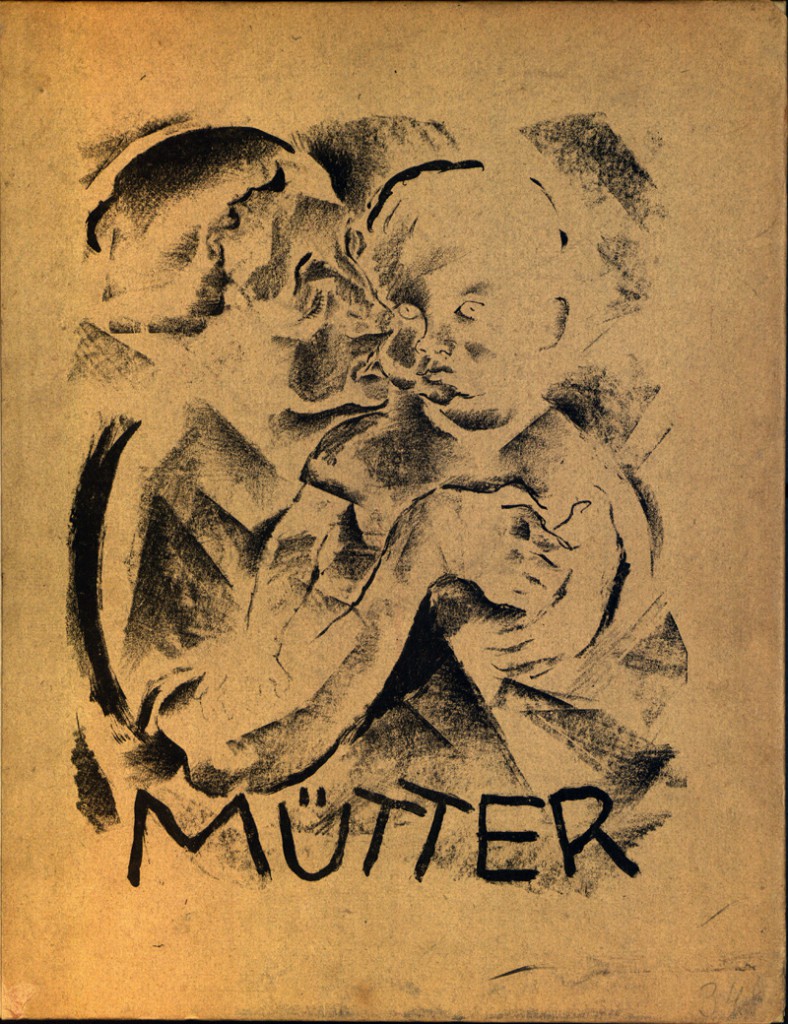
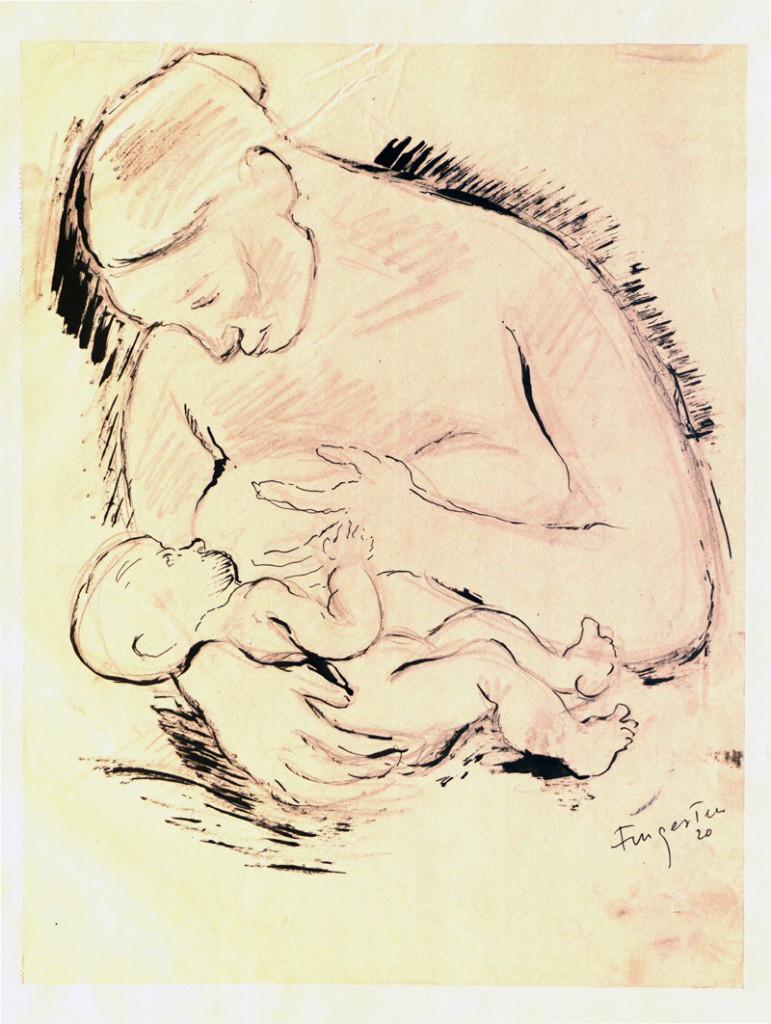
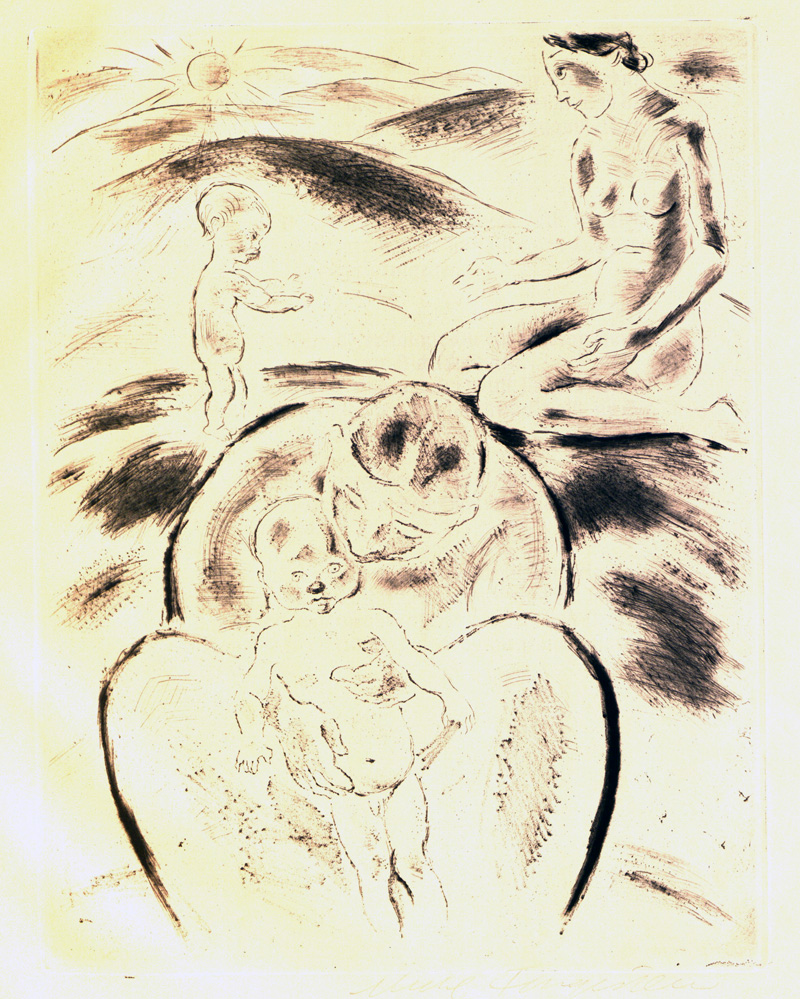
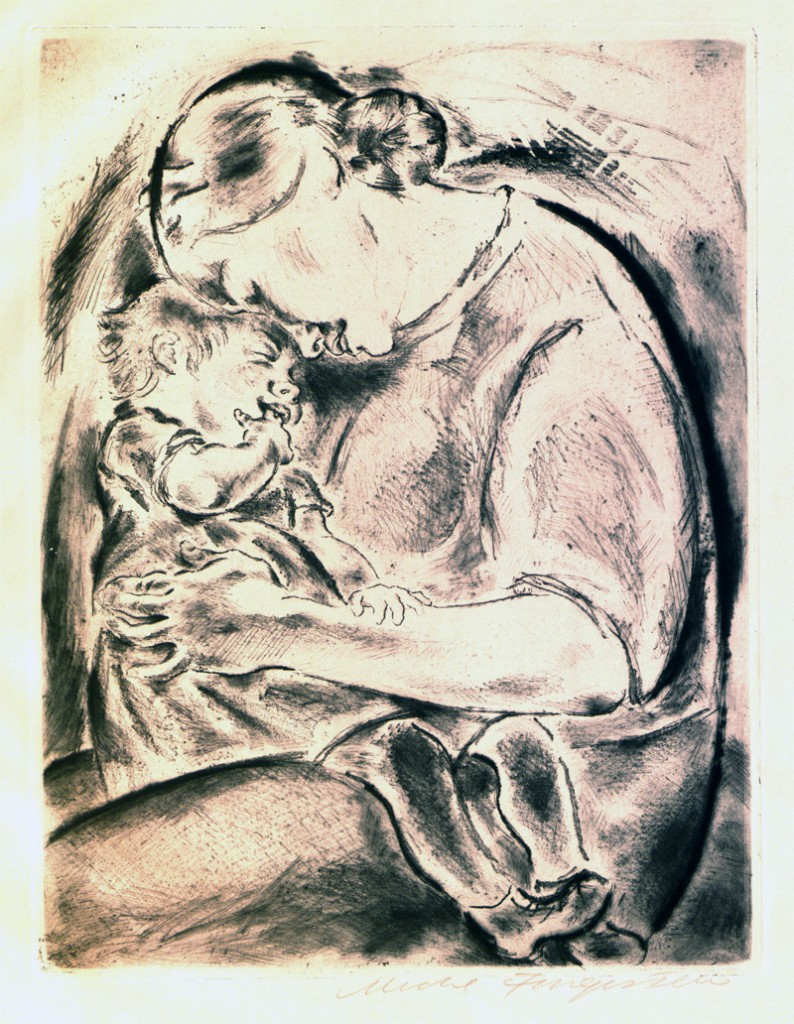
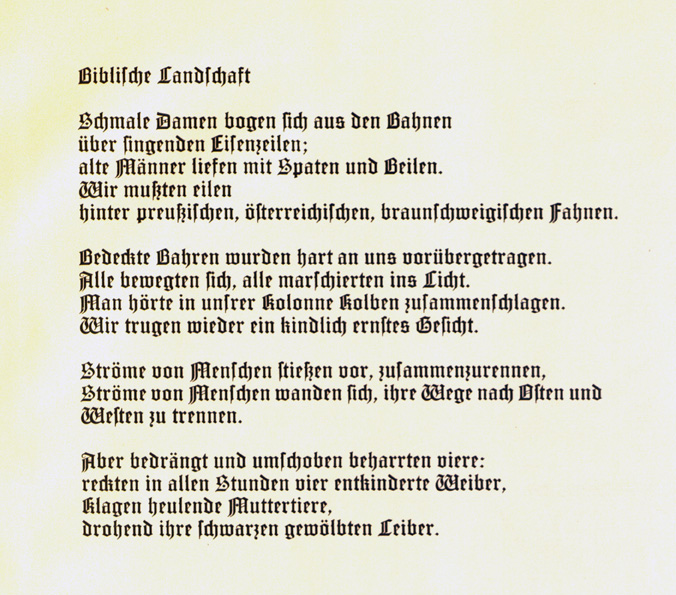
 Professor Sean Franzel from the
Professor Sean Franzel from the 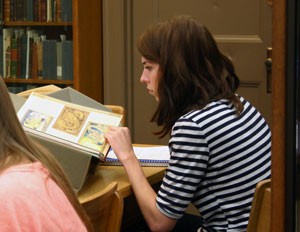 I think students respond really well to the visits; inspired papers and active discussions usually ensue in the class sessions following a visit. In an age when every assignment or paper can appear in uniform PDF-format on a laptop or e-reader, it is really important to hold actual books in our hands. Sometimes even just the realization that books used to be made on papyrus or animal skin is enough to change the way we think about how we process information today in the digital age. Personally I also love going into SC because I learn something new each visit. I get a lot out of trying to imagine the socio-historical contexts in which books were made and used— it is amazing how many new insights come from actually holding the books in your hands! In fact, my trips to SC have inspired me to get a more systematic introduction to book history, and I am going to take a course this summer at the UVA Rare Books School on the history of the book. I am very excited about this, and about incorporating more book history into my teaching.
I think students respond really well to the visits; inspired papers and active discussions usually ensue in the class sessions following a visit. In an age when every assignment or paper can appear in uniform PDF-format on a laptop or e-reader, it is really important to hold actual books in our hands. Sometimes even just the realization that books used to be made on papyrus or animal skin is enough to change the way we think about how we process information today in the digital age. Personally I also love going into SC because I learn something new each visit. I get a lot out of trying to imagine the socio-historical contexts in which books were made and used— it is amazing how many new insights come from actually holding the books in your hands! In fact, my trips to SC have inspired me to get a more systematic introduction to book history, and I am going to take a course this summer at the UVA Rare Books School on the history of the book. I am very excited about this, and about incorporating more book history into my teaching.
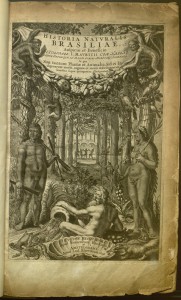 Earth Day gives us a chance to appreciate our planet. In 2012, amazing photos are available from every corner of the globe (and beyond). But what if you lived over 500 years ago? The Americas were full of flora and fauna unknown to Western eyes. Special Collections is home to many volumes that recorded these new discoveries.
Earth Day gives us a chance to appreciate our planet. In 2012, amazing photos are available from every corner of the globe (and beyond). But what if you lived over 500 years ago? The Americas were full of flora and fauna unknown to Western eyes. Special Collections is home to many volumes that recorded these new discoveries.
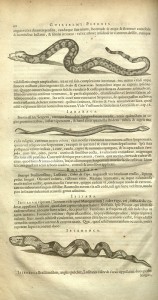
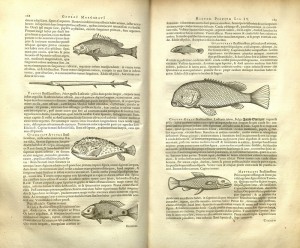
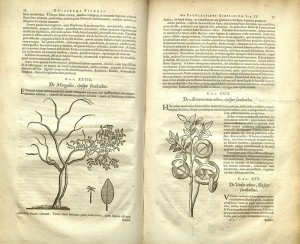
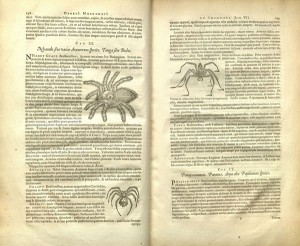
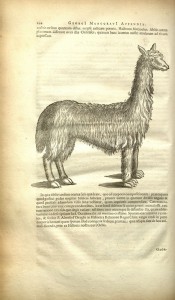
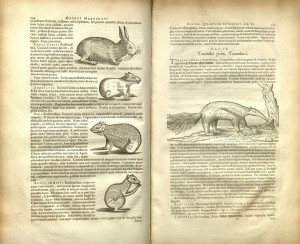




 Lauren Young is a senior majoring in art history and magazine journalism and minoring in music. She will graduate from the University of Missouri in May. During the fall 2011 semester Lauren researched and studied Ellis Library’s copy of the Liber Chronicarum for her class on Renaissance figural arts at MU. She is currently working on a research project on fourth and fifth century manuscripts. She comments on her project and provides an excerpt from her paper below.
Lauren Young is a senior majoring in art history and magazine journalism and minoring in music. She will graduate from the University of Missouri in May. During the fall 2011 semester Lauren researched and studied Ellis Library’s copy of the Liber Chronicarum for her class on Renaissance figural arts at MU. She is currently working on a research project on fourth and fifth century manuscripts. She comments on her project and provides an excerpt from her paper below.
 The concept of a world chronicle was not a new one when the Nuremburg Chronicle was printed in 1493. In fact, the biographer of Emperor Constantine, Bishop Eusebius of Caesarea, developed the idea. His chronicle, Chronicorum Canones, included a list of dates from Assyrian, Hebrew, Egyptian, Greek, and Roman times up to 325 C.E. Saint Jerome translated and completed Eusebius’ chronicle in 378 C.E. This chronicle became the model for later medieval historiography.
The concept of a world chronicle was not a new one when the Nuremburg Chronicle was printed in 1493. In fact, the biographer of Emperor Constantine, Bishop Eusebius of Caesarea, developed the idea. His chronicle, Chronicorum Canones, included a list of dates from Assyrian, Hebrew, Egyptian, Greek, and Roman times up to 325 C.E. Saint Jerome translated and completed Eusebius’ chronicle in 378 C.E. This chronicle became the model for later medieval historiography.
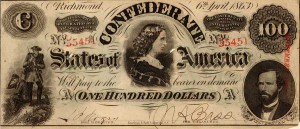
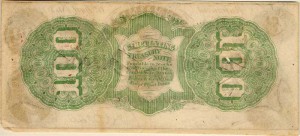
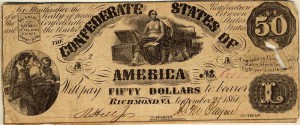
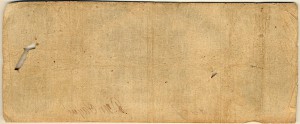
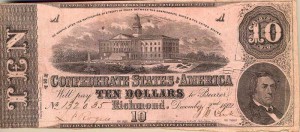
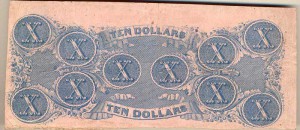
![History of the Westminster election : containing every material occurrence, from its commecement [sic.] on the first of April, to the final close of the poll, on the 17th of May - before](http://library.missouri.edu/adoptabook/images/b4647041/before1.jpg)
![History of the Westminster election : containing every material occurrence, from its commecement [sic.] on the first of April, to the final close of the poll, on the 17th of May - after](http://library.missouri.edu/adoptabook/images/b4647041/after1.jpg)







